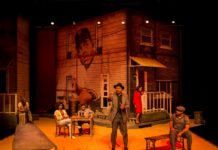
By the 1920s, South Pasadena had become a major transportation corridor between Los Angeles and the San Gabriel Valley. South Pasadena had five separate rail routes crossing the city: electric car tracks on Mission Street and the full length of Fair Oaks Avenue, Southern Pacific Railroad, Sante Fe Railroad, and Salt Lake Railroad. It was acknowledged at the time by transportation experts that South Pasadena had the best commuter rail system of any city its size in the world.
Public transportation via the Pacific Electric cars shared the same primary routes with automobiles.
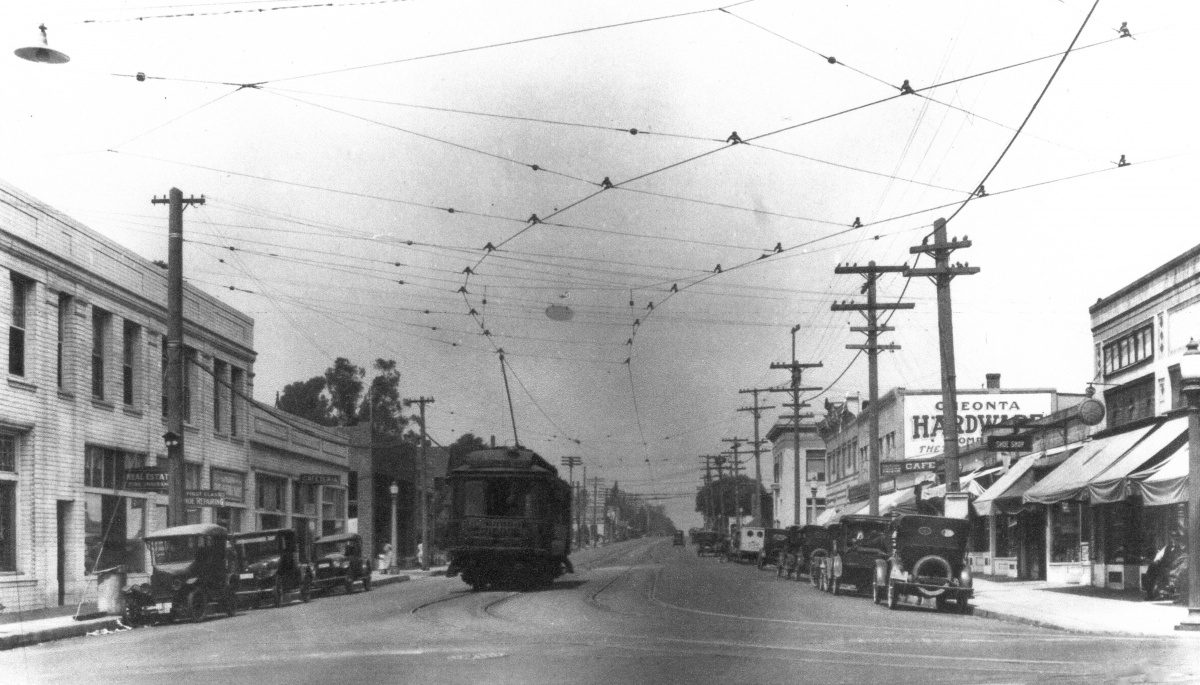
In 1926-1931, Route 66 from Chicago to Los Angeles (Santa Monica) came down Fair Oaks in South Pasadena to Huntington Drive and on to 7th and Broadway. Fair Oaks Avenue and Mission Street had dozens of automobile dealerships, gasoline stations, garages, and repair facilities. The Southern California motoring public was car crazy and South Pasadena catered to the Route 66 traveler like no other city.
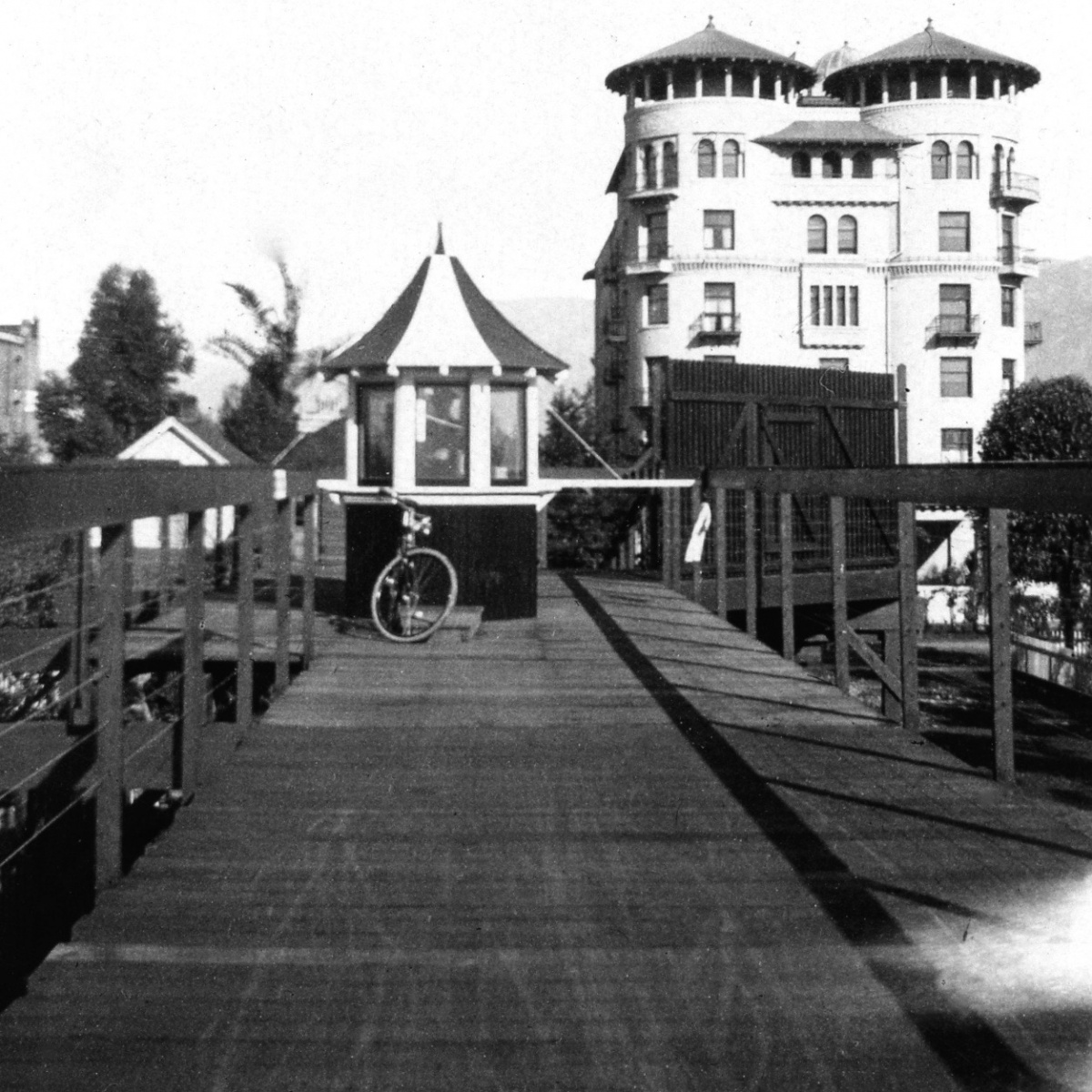
A new more-direct route was proposed from Los Angeles to Pasadena. The highway was designed exclusively for automobile travel and would pass through South Pasadena using the same route that Horace Dobbins had grandfathered as an elevated bicycle route 40 years earlier (California Cycleway).
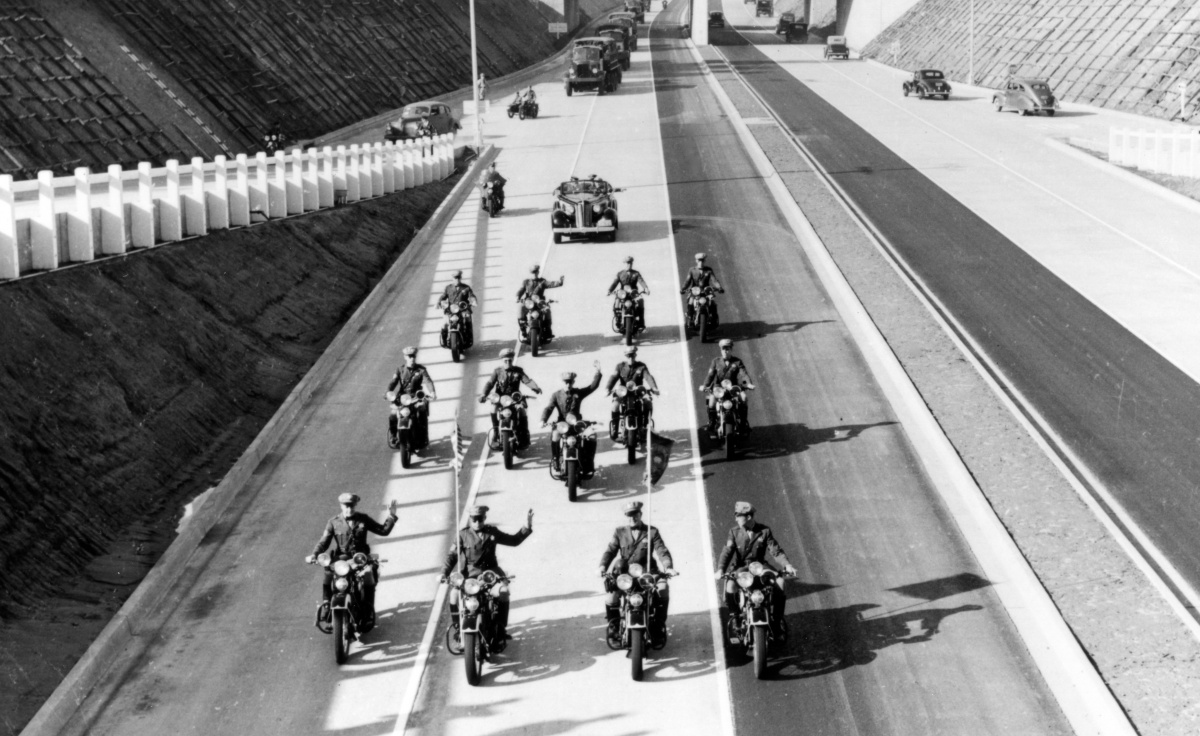
The Arroyo Seco Parkway opened on December 30, 1940. The parkway had no center divider, three lanes in each direction, stop-and-go on/off ramps, and a maximum speed limit of 45 mph. It was the first non-stop highway west of the Mississippi.


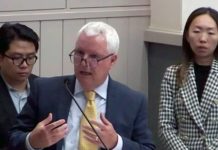
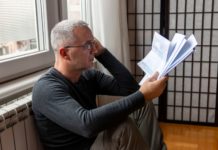



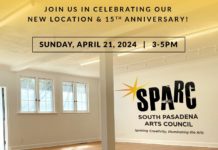
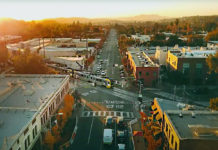
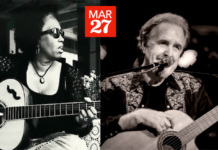
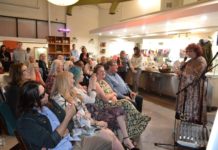


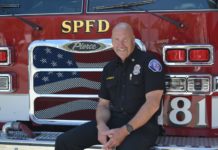






.png)





